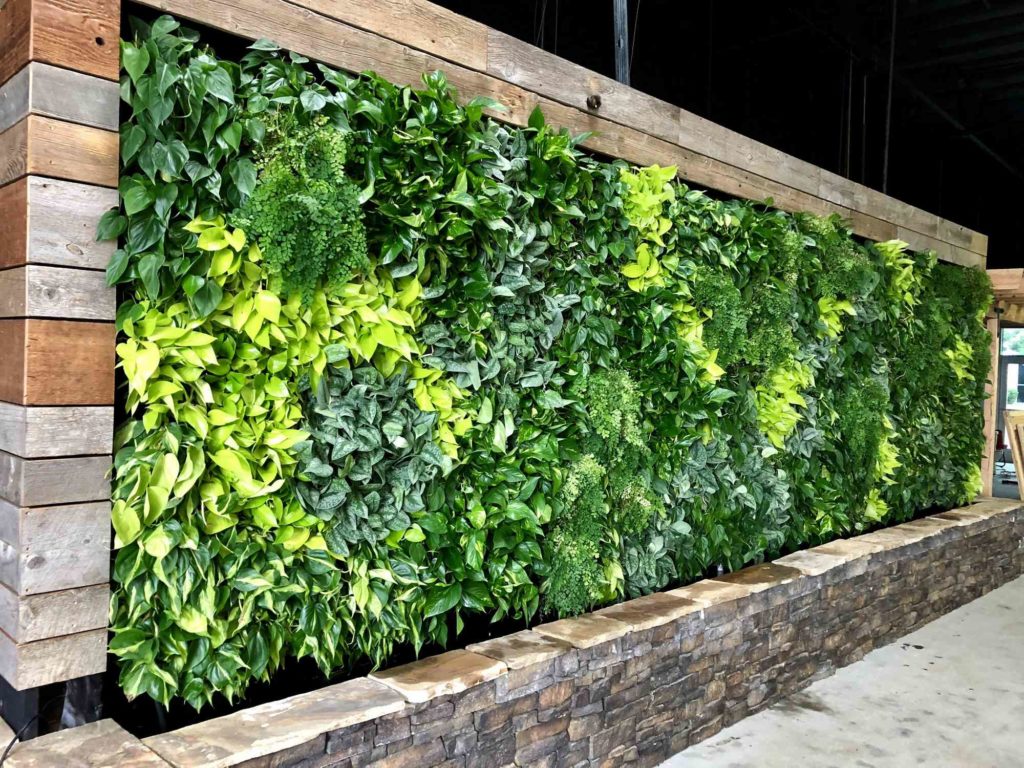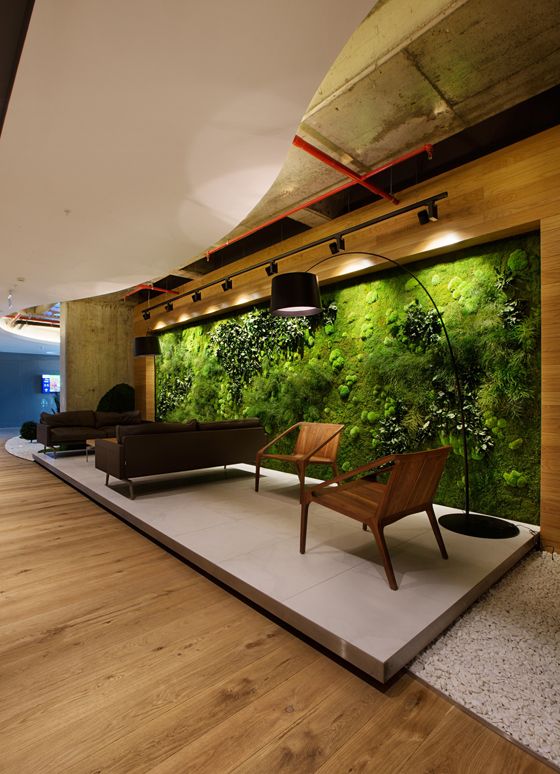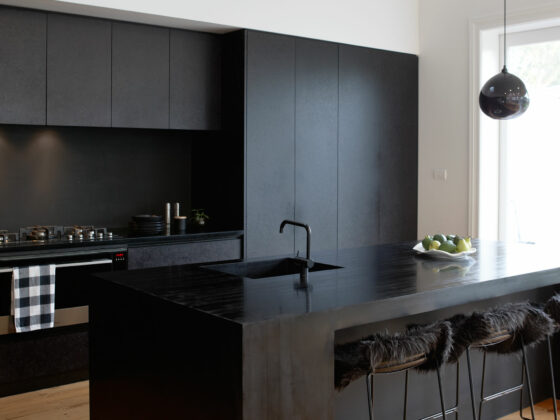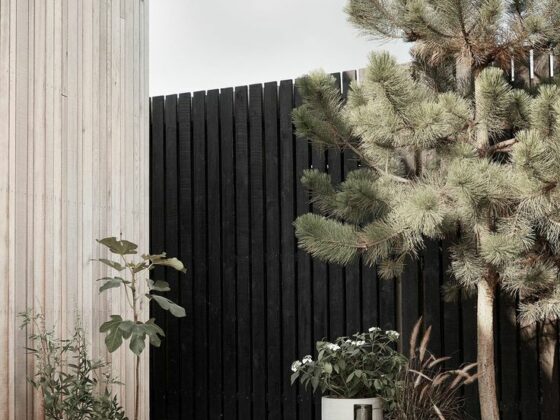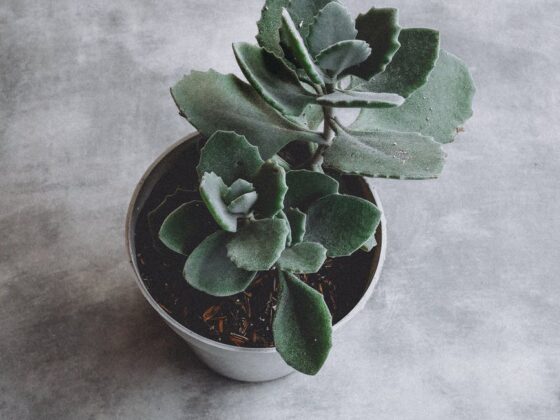This article contains affiliate links for which I may receive a small commission, at no additional cost to you, should you decide to make a purchase by using them. Learn More
When was the last time you went indoors to get some fresh air? Indoor life is the current norm, whether it is living, working, entertaining, and yet, we never think about the quality of the air we’re breathing inside.
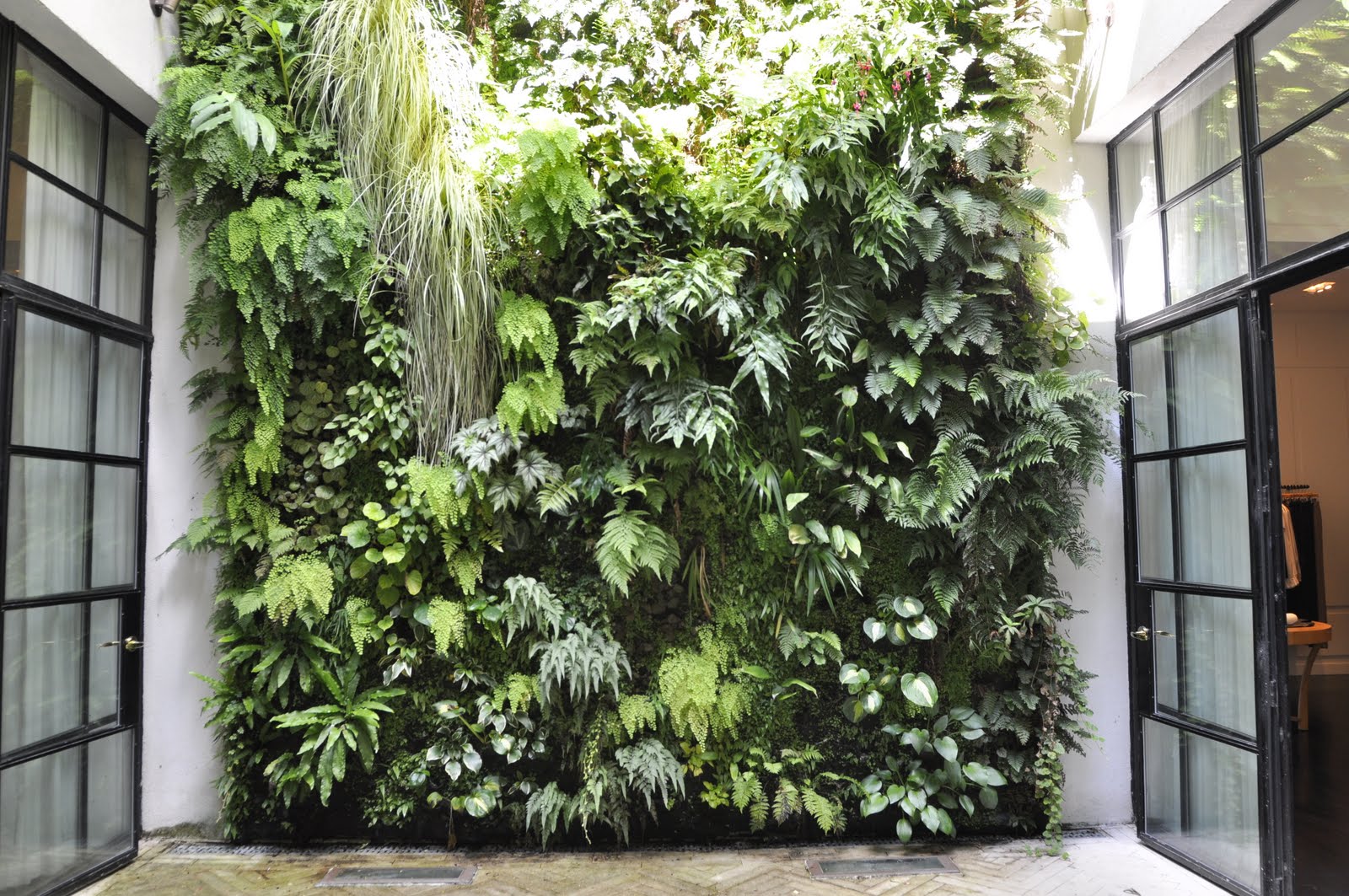
Living walls or vertical gardens, not only provides air quality but also gives a wow factor that really improves the feeling of both indoor and outdoor environments.
Often times, we get disconnected from nature in our inclosed settings, and by incorporating these living walls, we can bring people back to the ‘roots.’
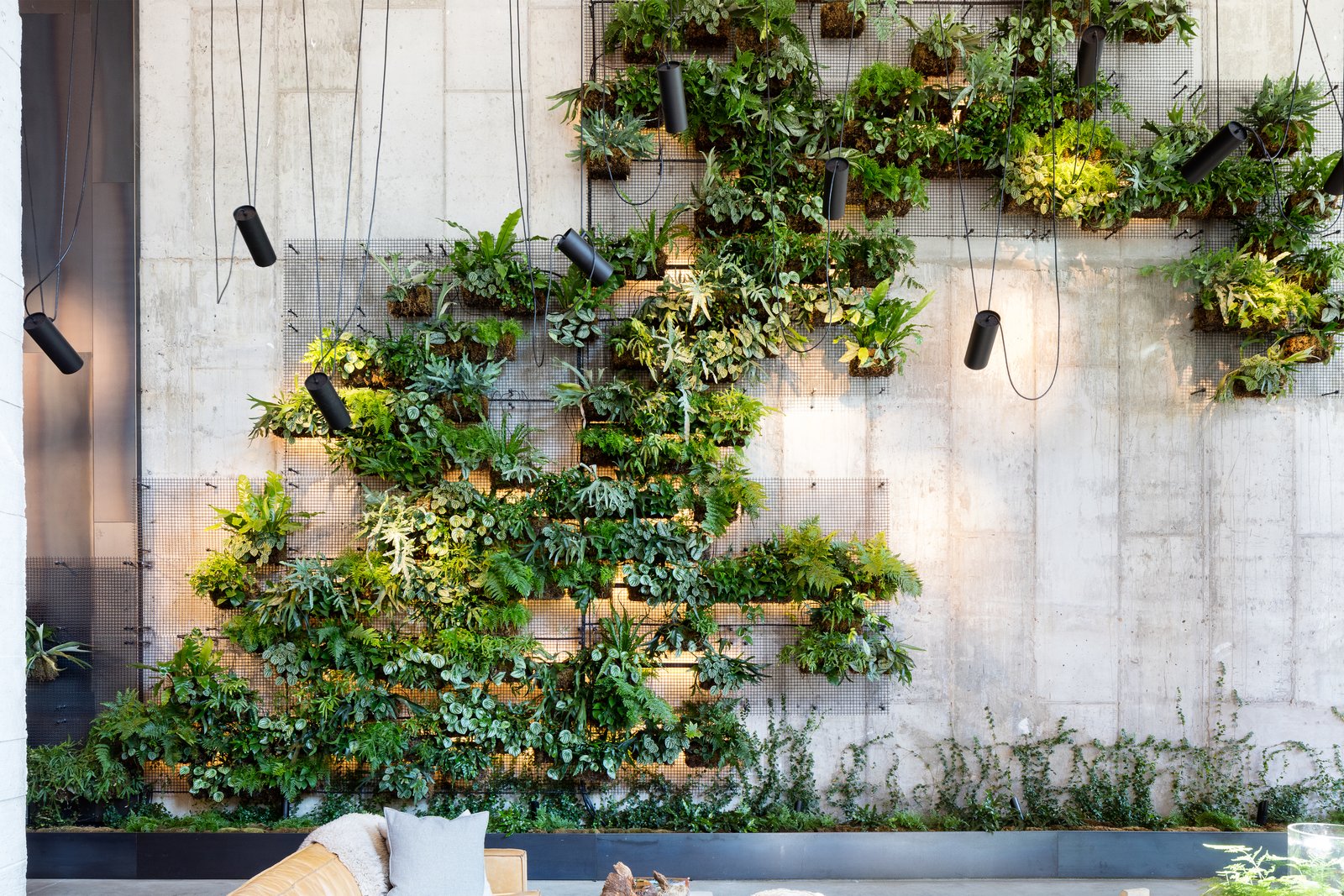
The origins
This stunning architectural element can be found in both the interior and exterior of buildings and can range in size from just a few square feet to complete walls in large spaces.
The person that started it all was Stanley Hart White, a professor of landscape architecture at the University of Illinois in 1938. He created the patent for his vegetarian bearing architectonic structure. However, his system didn’t really take off. Not then, at least. You could say it was a little bit ahead of its time.
Why is it so essential?
The vertical green walls on exterior buildings, bring quite the contribution in terms of reduction of CO2, production of oxygen, and what is also more important is the contribution to absorb the dust, the micro-particles which are the most poisonous. Vegetation on living walls can absorb the particulate matter and, therefore, reduces the amount of harmful pollutants in the air.

Plants are also excellent for Insulating and cooling buildings envelope, as well as protecting them from the elements.
By bringing plants in the front of the stage both indoors and outdoors, and removing these volatile compounds in the air, we improve people’s cognitive abilities.

The living walls passive cool the air in a natural process, virtually creating a fresh outside air. This system has no boundaries of where it can be applied. Whether it’s a climate where plants aren’t available all year round, or there’s a building that needs a little bit more life to it, living walls will increase both foot traffic and air.


